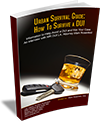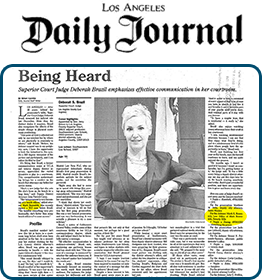Because It Is Important to Both the Jury and Prosecutor, the Attorney Will Examine the Driving Pattern of the Client at the Time of the Stop
One of the things that someone should do when analyzing a DUI case is to start with why the person was stopped. We examine what we refer to as a driving pattern to see what the driving was actually like. This is because, at the end of the day, we are talking about a drunk driving case or a driving under the influence case, and driving is very, very important to a jury.
The driving pattern is also very important to a prosecutor like a District Attorney, and we need to look at the driving pattern to see whether any of the clues that we would typically see for a DUI are present. A lot of research has been done over the years on driving under the influence and certain clues should be evident.
Studies Have Identified Driving Clues That Indicate a Driver Is under the Influence
The National Highway Traffic and Safety Administration has done studies and narrowed down certain clues we would typically see for a drunk driver. They’ve narrowed it down to about 20 or 25 different clues that give us an indication that someone may be driving under the influence. These include swerving, lane straddling, having difficulty controlling the speed of the vehicle, driving fast, driving slow, driving too slow for the conditions, and also turning movements which almost strike objects or other cars.
There are many different factors that should be looked at when analyzing a DUI case. We now see people being prosecuted for DUIs with very low levels of alcohol in their system. In those cases, we typically do not see those clues that we have been trained to look for in a DUI investigation.
If we see a car that’s driving on the street or on the highway and it’s maintaining or staying in its lane, it’s not really swerving between lanes. It’s going with the flow of traffic. There’s no real indication that that person is impaired for purposes of driving, and that’s kind of a good sign for us.






 Personal Attention
Personal Attention Every criminal case is unique and no attorney can guarantee the outcome of a case. The information on this site is legal advertising and for general information only. Using this site, requesting books, information, consultations or communicating with Attorney Rosenfeld through its site does not form an attorney/client relationship.
Every criminal case is unique and no attorney can guarantee the outcome of a case. The information on this site is legal advertising and for general information only. Using this site, requesting books, information, consultations or communicating with Attorney Rosenfeld through its site does not form an attorney/client relationship.








